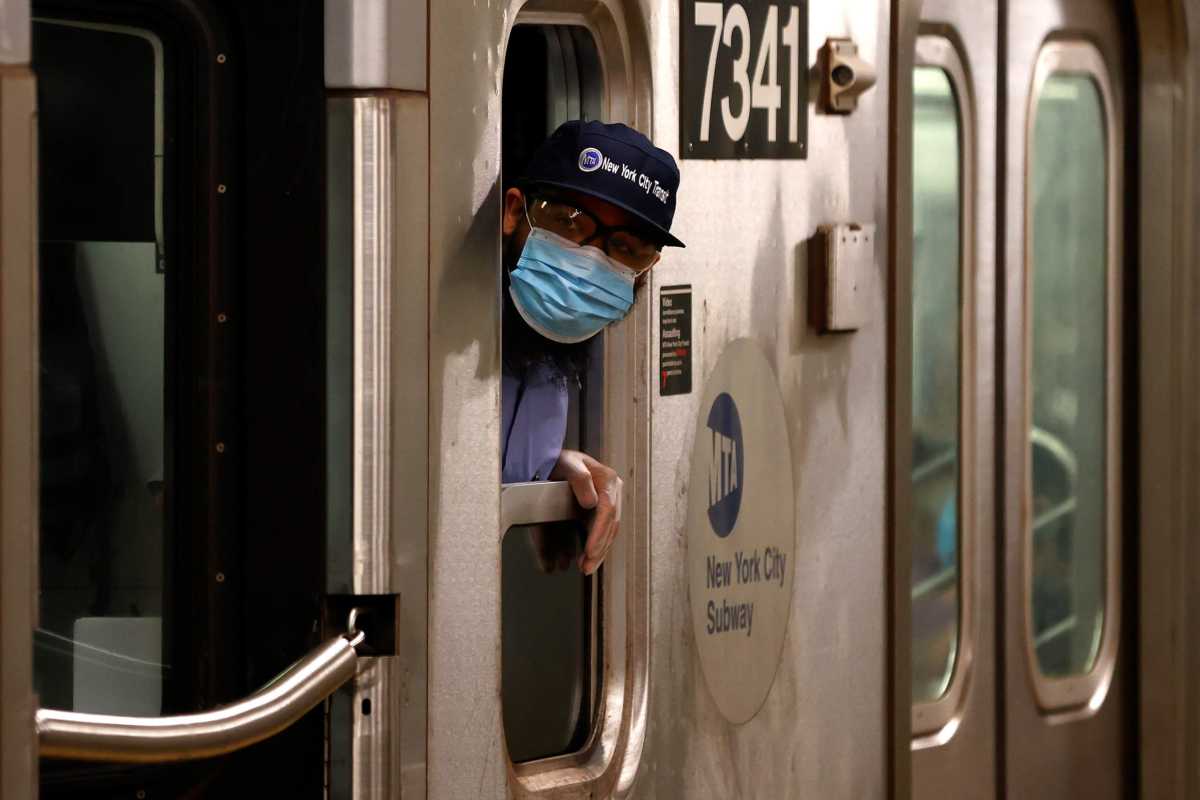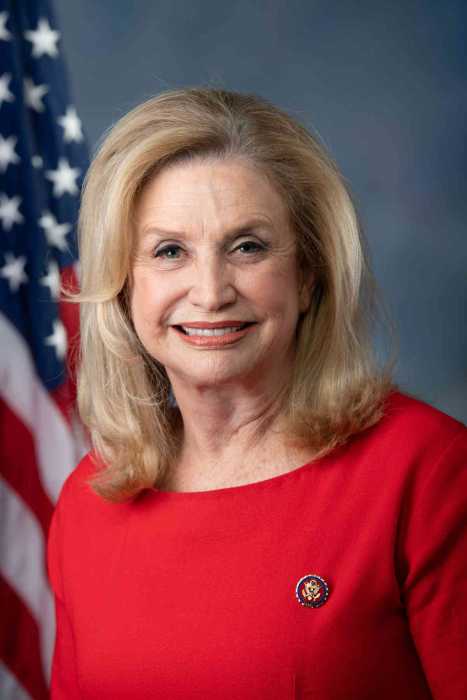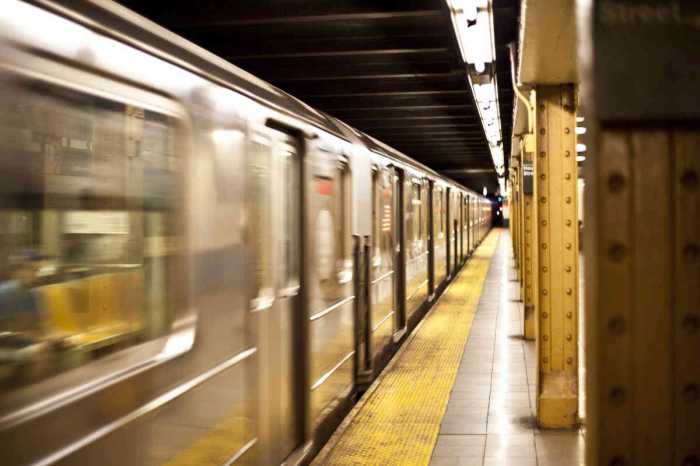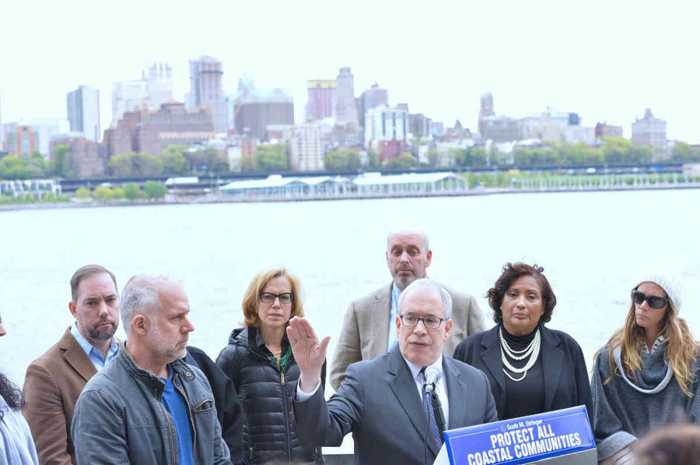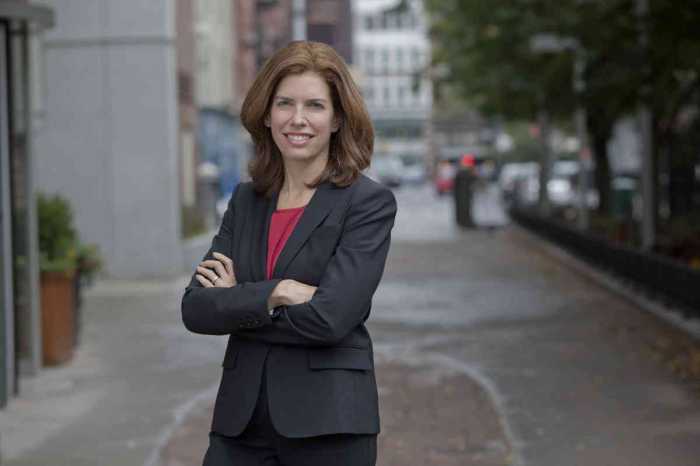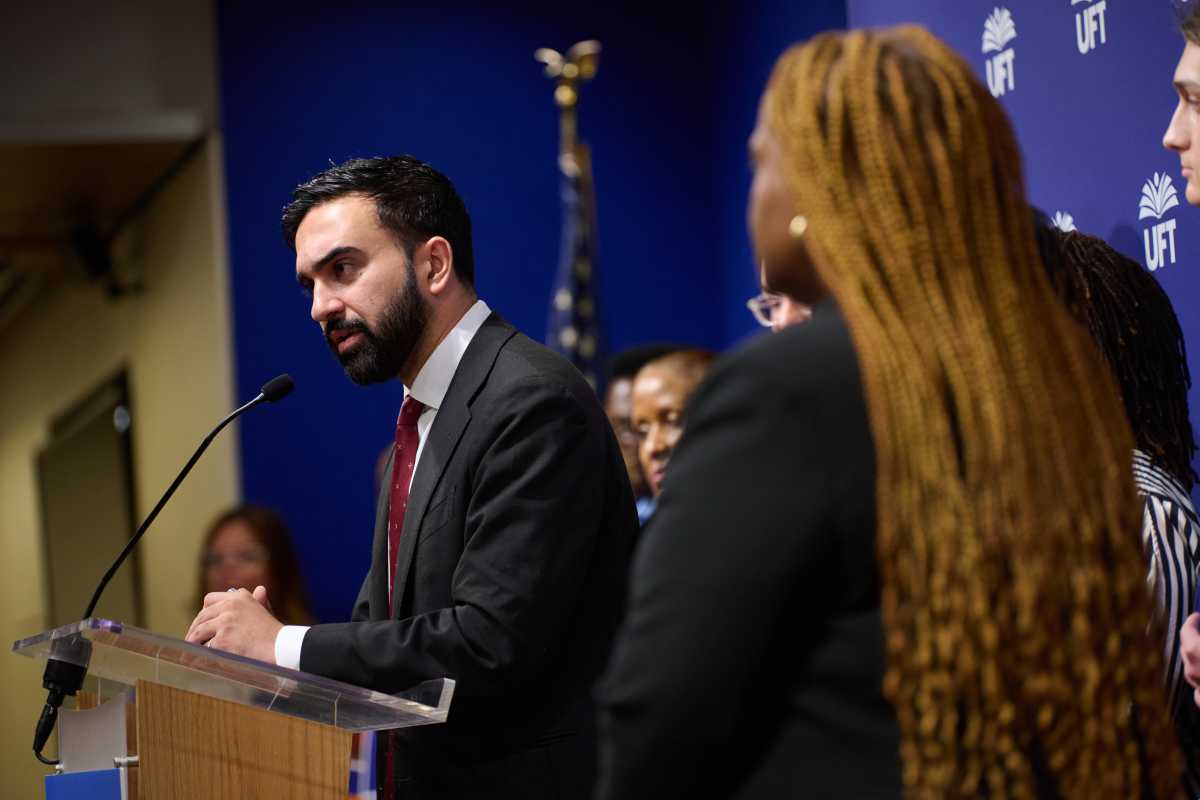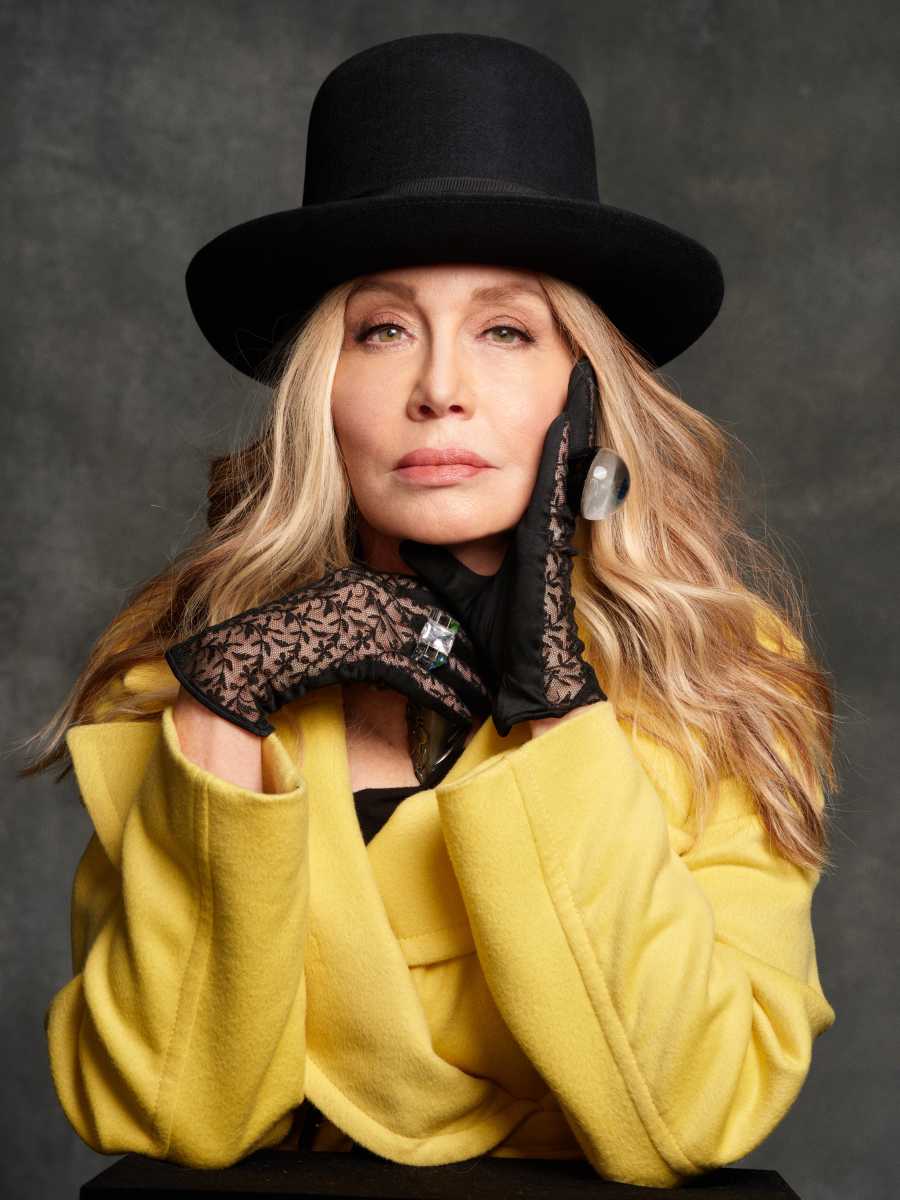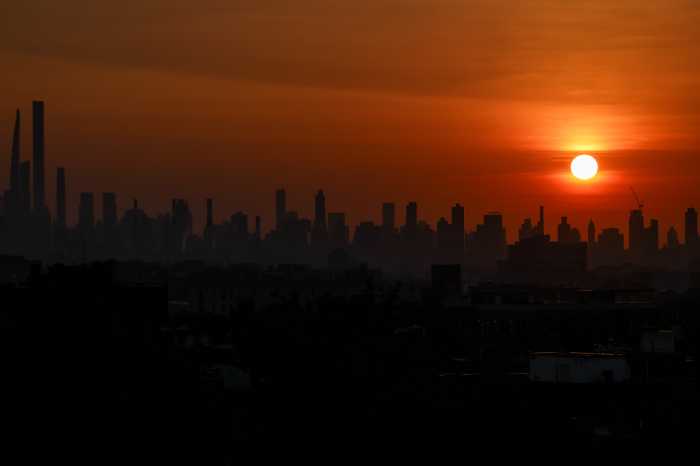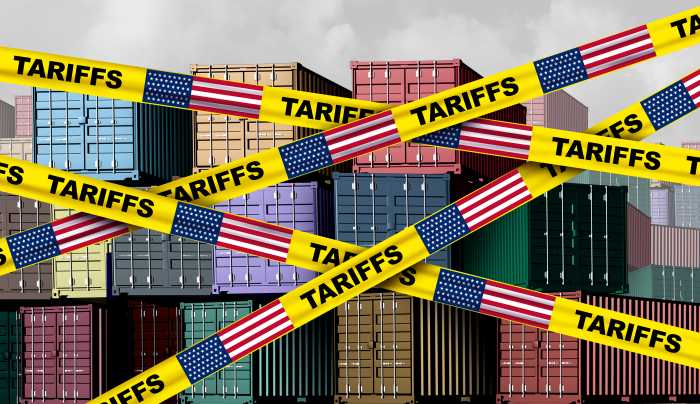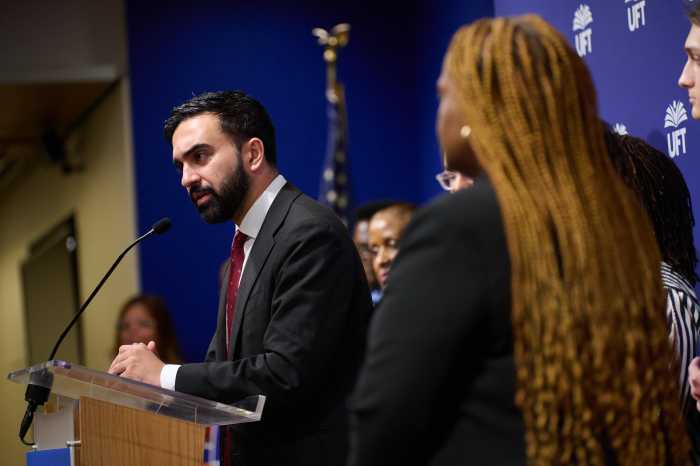Political Scientist and Yale Law Professor Harold Laswell famously defined politics as “Who Gets What, When, and How.” If people are getting what they want, they’re less inclined to change as change is inherently risky.
For that reason, real change, and even its possibility, has only happened in the midst of crisis. The piling on of a pandemic, record unemployment, on camera police killings, and courts irredeemably trashing their illegitimacy as partisan pawns has anointed this year an unyielding crisis.
Dealing with each aspect of the crisis, significant changes or proposed changes, had become necessary. If someone told you a year ago that you’d be wearing a mask every day of October rather than just on Halloween you’d have scoffed at them. The crisis caused by this COVID-19 pandemic, and the COVID-related deaths of over 30,000 New Yorkers necessitated that change for the overwhelming number of rational New Yorkers. When it comes to the political and policy side of things, New York and New York City in particular are not getting essential help from the federal and state governments. Those who determine what we get, when we get it, and how we get it are inviting us to seek change.
By receiving far less than they pay out in federal taxes, the city and state are both what is known as a “donor.” The city is further a donor in relation to the state. Under normal circumstances without unusual strains on society, this has been understood as part of the collective responsibility as we are part of a greater whole with shared resources. However, these are not normal times. We’re in a crisis — and that crisis requires a shifting of resources and priorities. Perhaps, as we contemplate granting statehood to Puerto Rico and Washington D.C, we should grant statehood to New York City.
While it’s unlikely to occur, it wouldn’t be the first time this was proposed. During a prior financial crisis, Norman Mailer and Jimmy Breslin ran for mayor and City Council president in 1969, respectively, with statehood as part of their platform. It would lead to us having two senators for 8 million citizens instead of only two for 19 million. For anyone concerned that we’d be overrepresented, fear not as states like Wyoming and South Dakota with fewer residents than Brooklyn have a combined four United States senators, so our anachronistic and anti-Democratic governmental structures will still be very much intact.
While improbable, this conversation may move our current leaders here in New York State to give New York City the resources and/or tools to fight our way out of this crisis. Things like returning 24/7 subway service, the power of setting New York City income tax rates, and granting borrowing authority to avert mass city layoffs.
There’s precedence for “threats” such as this working out for the better. For example, Staten Island voted to become its independent city in the early 90s and, despite being the most Republican part of the city, it ended up changing the Staten Island ferry into a totally subsidized free ride and, thus, the city’s most conservative borough got its socialistic transportation operation.
Let’s call our new state Gotham and let’s hope we sever ties peacefully like Czechoslovakia, which, in 1993, split into the Czech Republic and Slovakia. Like Czechs and Slovaks, downstaters and upstate speak related languages and we can better determine who gets what, when, and how.
Mike Racioppo is the District Manager of Brooklyn’s Community Board 6 and has been an adjunct professor at Brooklyn College. Follow him on Twitter @RacioppoMike.


